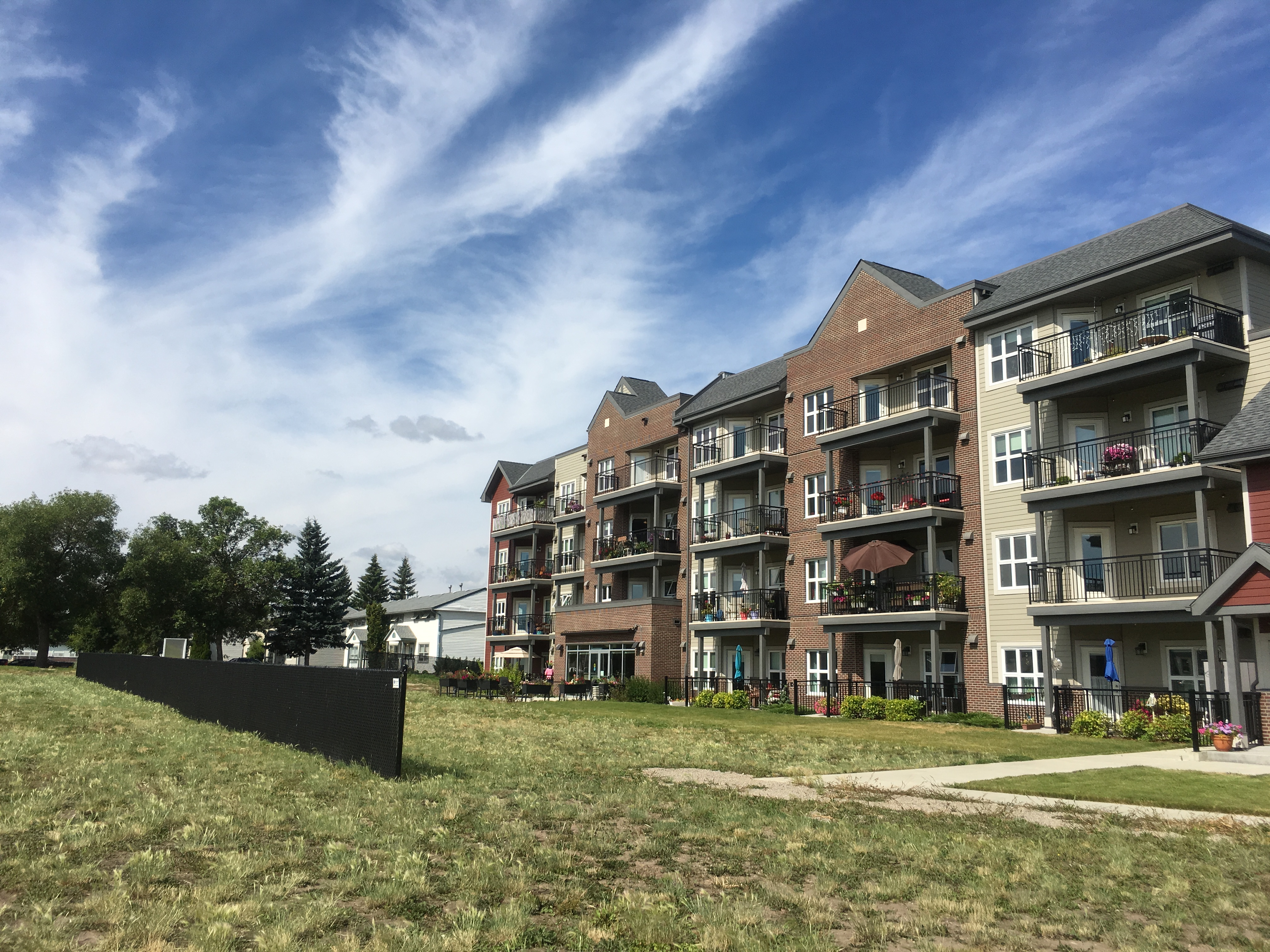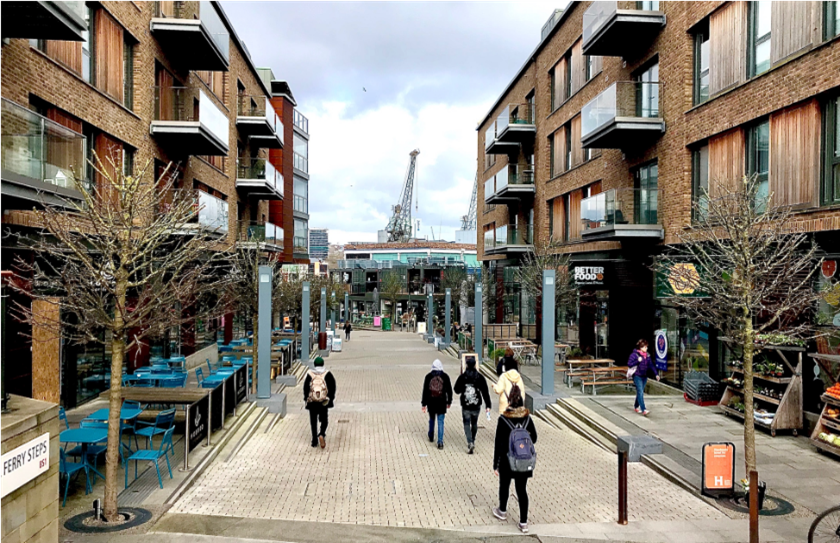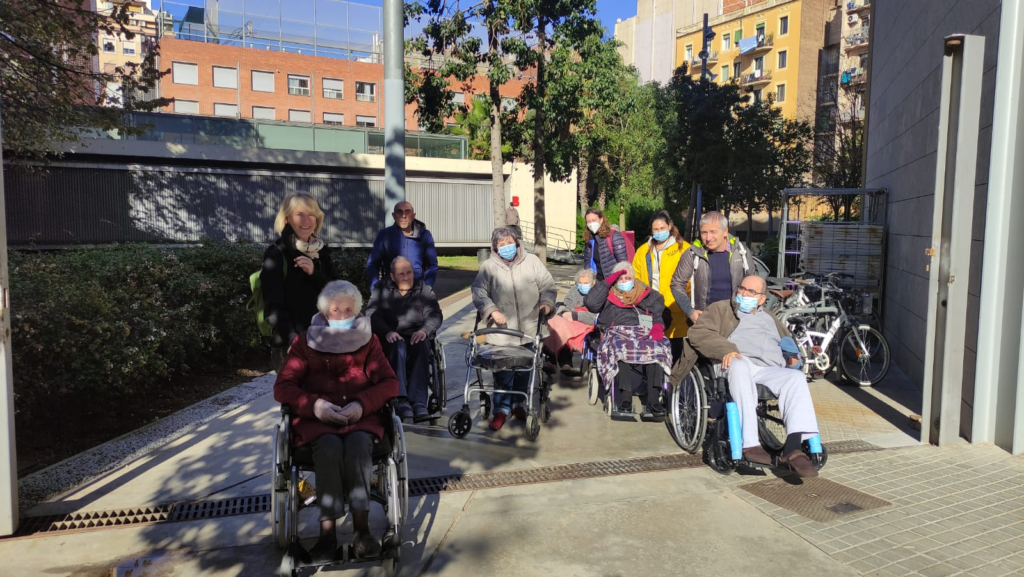City Know-hows

Target audience
Built environment planners and designers; Senior housing developers; Public health practitioners and policymakers.
The problem
During the COVID-19 pandemic, virus transmission prevention strategies including the lockdown of public spaces and implementation of stay-at-home order can limit older adults’ opportunities to engage in the broader community, healthy living activities, and psychological wellbeing maintenance.
What we did and why
We conducted a case study of older adults in an independent-living building and the surrounding neighbourhood in Edmonton, Alberta, Canada. This study allowed insights into how an adaptive bubble was established and how the built environment can support an adaptive bubble to protect older adults from virus transmission while helping them to maintain healthy living activities and psychological wellbeing.
Our study’s contribution
Complex and nuanced relationships between human and nonhuman factors that support and challenge an adaptive bubble strategy are elaborated in:
Building interiors: as central to the bubble since this is where residents conduct daily-needed activities and attend congregate activities;
Neighbourhood environments, as the extension of the bubble that affected residents’ outdoor activity engagement;
Building edges, as spaces balancing residents’ needs for connecting with the world outside the bubble and protecting themselves within the virus-safe bubble.
Impacts for city policy and practice
The adaptive bubble strategy can be considered by communities with building and neighbourhood environments as a way to support both the prevention of virus transmission as well as the maintenance of healthy living activities during the ongoing pandemic, the upcoming recovery phase, and future epidemics.
Further information
Housing for Health team. Alberta, Canada
Full research article:
‘We are developing our bubble’: role of the built environment in supporting physical and social activities in independent-living older adults during COVID-19 by Hui Ren, Megan Strickfaden, John C. Spence, Jodie A. Stearns, Marcus Jackson, Hayford M. Avedzi & Karen K. Lee.
Related posts

This paper investigates how the project development of Wapping Wharf in Bristol impacted the dwellers’ well-being. It finds that the relationship between urban placemaking and dwellers’ wellbeing is not just constitutive, but also mutually reinforcing.

Walking is a forgotten aspect of urban communication. Walking provides places of interaction and is revealing of the relationship between citizens and politics.

Our study evaluates the reliability (consistency) of a local tool for measuring health determinants in public spaces, using a co-creation process with older adults living in care homes in Barcelona. It highlights the importance of inclusive urban planning and the varied perspectives of community members in enhancing urban health.